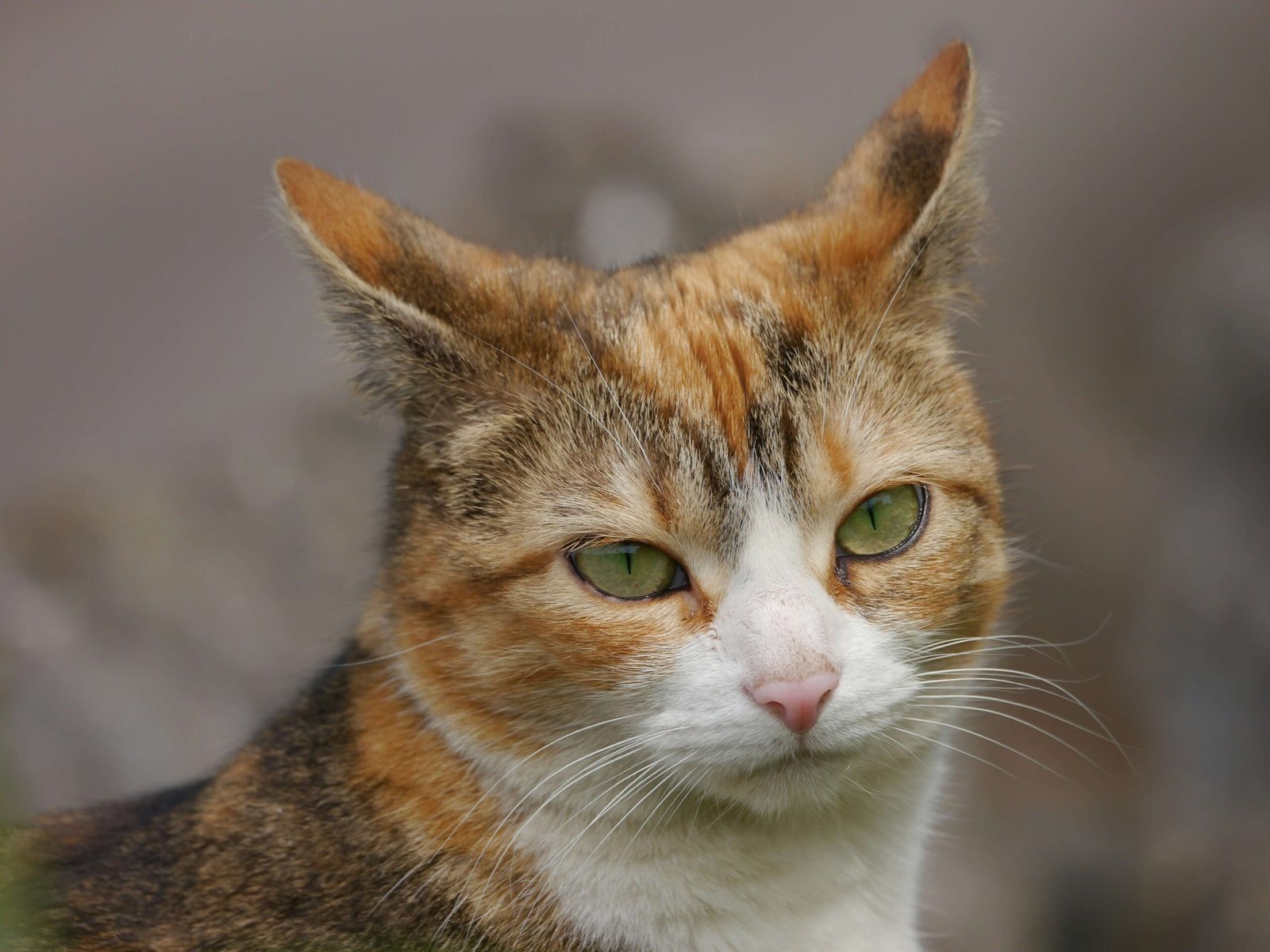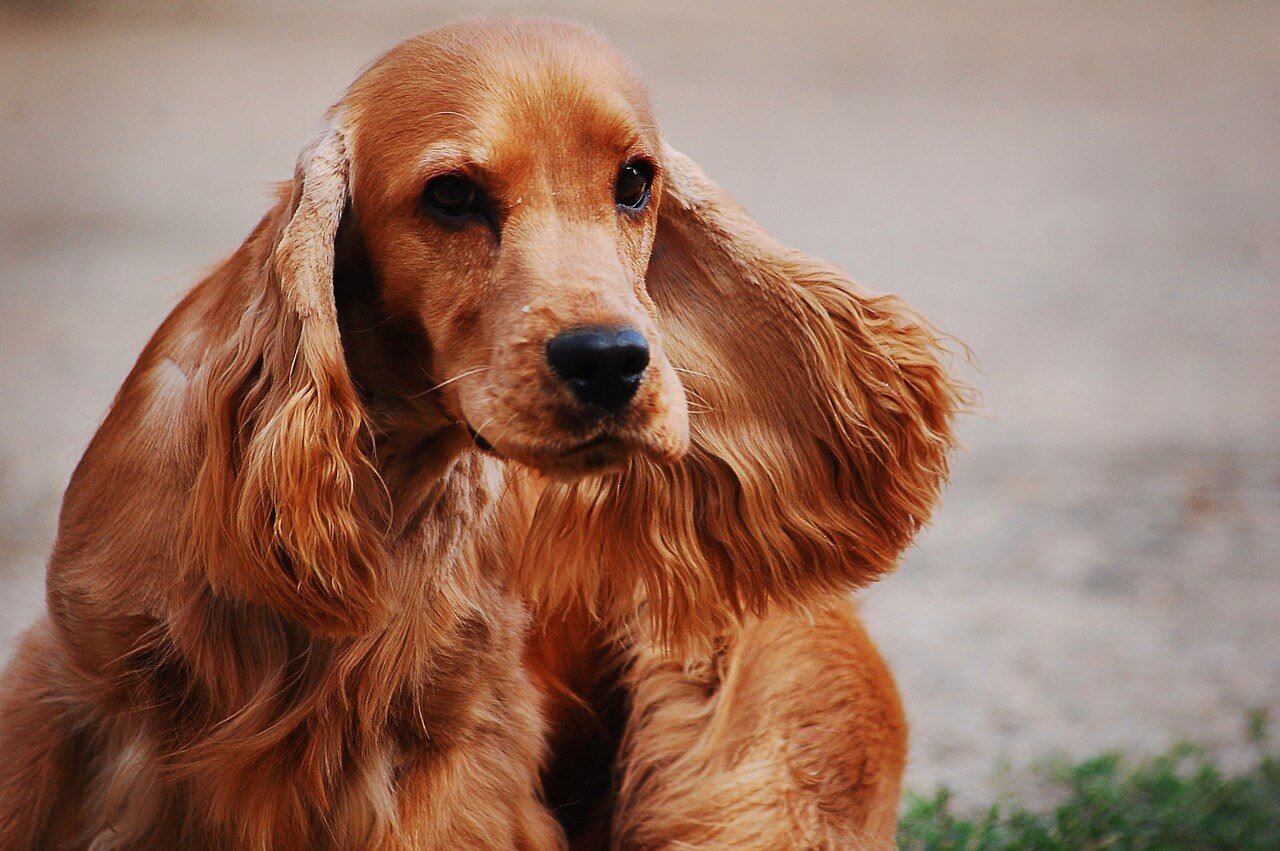Decoding the Mystery: What Does a Cats Tail Twitching Really Mean?
Cats are fascinating creatures, full of mystery and charm. Their expressive tails often serve as a window into their emotions and intentions. One of the most intriguing behaviors cat owners observe is tail twitching. Whether it’s a subtle flick or a rapid swish, these movements can leave us wondering what our feline friends are trying to communicate. Understanding the meaning behind a cat’s tail twitching not only deepens our bond with them but also helps us respond appropriately to their needs. So, let’s dive into the world of cat body language and unravel the secrets hidden in those graceful tail movements.
Common Reasons Behind a Cat’s Tail Twitching
While tail twitching might seem random, it often reflects your cat’s emotional state or physical condition. Here’s a breakdown of some common reasons why your cat’s tail might be twitching:
Excitement or Anticipation
Cats often twitch their tails when they’re excited about something, like seeing their favorite toy or spotting a bird outside the window.Irritation or Annoyance
A flicking tail can signal that your cat is feeling irritated or annoyed. This is especially true if the twitching becomes more pronounced.Curiosity and Focus
When your cat is intensely focused on something, their tail might twitch slightly as they concentrate on the object of their interest.Playful Energy
During playtime, cats often twitch their tails as a way of expressing their enthusiasm and readiness to pounce or chase.Sign of Discomfort or Pain
If the twitching is accompanied by other unusual behaviors, it could indicate discomfort or even an underlying health issue.
Understanding these triggers can help you better interpret your cat’s mood and respond accordingly. By paying attention to their tail movements, you’ll become more attuned to their needs and emotions.
Emotional States Linked to Tail Twitching
A cat’s tail is a powerful communication tool, and its movements can reveal a lot about how they’re feeling at any given moment. Here’s a closer look at the emotional states that might be linked to tail twitching:
Happiness and Contentment
A slow, gentle wag of the tail can indicate that your cat is feeling relaxed and happy, especially if paired with purring.Frustration or Overstimulation
Rapid tail flicks often suggest that your cat is feeling overstimulated or frustrated. This is a sign to give them some space.Confidence and Assertiveness
A high-held tail with slight twitches can show that your cat is feeling confident and in control of their environment.Fear or Anxiety
If your cat’s tail is twitching while tucked close to their body, it could mean they’re feeling fearful or anxious about their surroundings.Aggression or Warning
A violently thrashing tail is a clear sign that your cat is upset and may lash out if provoked.
By recognizing these emotional cues, you can avoid potential conflicts and ensure your cat feels safe and understood. Tail twitching is just one piece of the puzzle, but it’s a crucial one for decoding feline behavior.
Check this guide 👉Why Does My Cat Shake His Tail? Best 7 Behavior Tips!
Check this guide 👉Why Do Cats Chase Their Tails? Best 7 Behavior Tips!

Emotional State | Tail Movement Description |
|---|---|
Happiness | Slow, gentle wag with upright posture |
Excitement | Quick, rhythmic flicks while focused |
Irritation | Rapid, sharp twitches with flattened ears |
Fear | Low-held tail with small, nervous twitches |
Aggression | Forceful, side-to-side thrashing motion |
Physical Causes of Tail Twitching
Sometimes, tail twitching isn’t just about emotions—it can also stem from physical causes. Here’s what you need to know about potential health-related reasons for this behavior:
Muscle Spasms
Involuntary muscle contractions in the tail can cause twitching, which might be harmless or indicative of a neurological issue.Pain or Injury
If your cat has injured their tail or is experiencing pain elsewhere in their body, twitching may occur as a reflexive response.Nerve Damage
Conditions affecting the nerves, such as trauma or degenerative diseases, can lead to abnormal tail movements.Parasites or Skin Irritation
Fleas, ticks, or skin allergies can make your cat’s tail twitch as they try to relieve itching or discomfort.Hyperesthesia Syndrome
This rare condition causes excessive sensitivity along the spine and tail, leading to sudden bouts of twitching.
If you suspect a physical cause behind your cat’s tail twitching, it’s essential to consult a veterinarian. Early diagnosis and treatment can prevent further complications and ensure your cat stays healthy.
How to Respond to Your Cat’s Tail Twitching
Knowing how to react to your cat’s tail twitching is key to maintaining a harmonious relationship. Here are some tips for responding appropriately:
Observe Their Body Language
Look at their overall posture and facial expressions to determine whether the twitching is playful, irritated, or something else entirely.Give Them Space When Needed
If the twitching indicates frustration or aggression, back off and allow your cat time to calm down.Engage in Play
For excitement-driven twitching, redirect their energy into interactive play sessions with toys.Check for Health Issues
If the twitching seems excessive or unusual, schedule a vet visit to rule out medical problems.Respect Their Boundaries
Cats value their personal space, so respect their signals and avoid forcing interaction when they’re not in the mood.
By responding thoughtfully, you’ll strengthen your bond with your cat and create a more peaceful environment for both of you. Remember, patience and observation are key!
Subtle Differences in Tail Twitching Patterns
Cats are masters of subtlety, and their tail movements can vary greatly depending on the situation. Understanding these nuances can help you better interpret your cat’s mood and intentions. Here are some key patterns to look out for:
Slow, Deliberate Twitches
These often indicate deep focus or concentration, such as when stalking prey or observing something intriguing.Rapid, Erratic Movements
A quick, chaotic twitch usually signals irritation or agitation, suggesting your cat may need some space.Gentle, Rhythmic Swishing
This pattern is commonly seen during moments of relaxation or contentment, especially after a satisfying meal.Short, Staccato Flicks
These abrupt movements can mean your cat is feeling playful or curious about their surroundings.Wide, Sweeping Motions
When your cat’s tail moves in large arcs, it might be expressing confidence or asserting dominance.
By paying attention to these subtle differences, you’ll gain a clearer understanding of what your cat is trying to convey through their tail language.
Environmental Triggers for Tail Twitching
A cat’s environment plays a significant role in their behavior, including tail twitching. External factors can influence how and why your cat’s tail moves in certain ways. Consider the following triggers:
Sudden Loud Noises
Unexpected sounds like thunder or loud music can startle your cat, causing their tail to twitch involuntarily.Unfamiliar Scents
New smells, whether from another animal or a household product, can make your cat twitch their tail as they process the information.Changes in Routine
Disruptions to their daily schedule, such as moving furniture or introducing new pets, may lead to increased tail activity.Visual Stimuli
Birds, insects, or even fast-moving objects on TV can captivate your cat, resulting in focused tail flicks.Temperature Fluctuations
Extreme heat or cold can cause discomfort, which might manifest as restless tail movements.
Recognizing these environmental triggers allows you to create a more stable and comfortable setting for your cat, reducing unnecessary stress and anxiety.
Misinterpretations to Avoid When Observing Tail Twitching
While tail twitching can reveal a lot about your cat’s emotions, it’s easy to misinterpret their signals. Being aware of common misconceptions ensures you respond appropriately to their needs. Here are some pitfalls to avoid:
Assuming All Twitching Is Playful
Not every twitch means your cat wants to play; sometimes, it indicates frustration or overstimulation.Ignoring Contextual Clues
Focusing solely on the tail without considering body posture or vocalizations can lead to misunderstandings.Overlooking Health Issues
Assuming twitching is always behavioral can delay treatment for underlying medical conditions.Forcing Interaction During Twitching
Approaching your cat when their tail is thrashing violently may escalate their agitation or provoke aggression.Believing Tail Movements Are Random
Every twitch has meaning—dismissing them as random misses valuable insights into your cat’s state of mind.
By avoiding these misinterpretations, you’ll become a more attentive and empathetic cat owner, ensuring your feline friend feels understood and supported.
Frequently Asked Questions About Cat Tail Twitching
Is tail twitching normal for cats?
Yes, tail twitching is a normal form of communication for cats. However, excessive or unusual twitching may warrant a vet check.
Why does my cat’s tail twitch when I pet them?
It could mean they’re enjoying the attention—or it might signal overstimulation. Pay attention to other body language cues.
Can stress cause tail twitching in cats?
Absolutely. Stress or anxiety can manifest in various ways, including tail twitching.
Should I worry if my cat’s tail twitches during sleep?
Not necessarily. Cats often twitch their tails while dreaming, similar to humans moving in their sleep.
How can I tell if my cat’s tail twitching is due to pain?
Look for additional signs like vocalization, limping, or changes in behavior. Consult a vet if you’re unsure.
Building a Deeper Connection Through Understanding
Deciphering the meaning behind your cat’s tail twitching is more than just a fun exercise—it’s an opportunity to deepen your connection with your furry companion. By learning to read their body language and respond appropriately, you’ll foster trust and strengthen your bond. Remember, every twitch, flick, and swish tells a story. With patience, observation, and care, you’ll become fluent in the silent yet expressive language of your cat’s tail. After all, understanding their world is the first step toward creating a happier, healthier life together.
How Much Is a Cocker Spaniel? Best 7 Expert Tips! Discover the true cost of owning a Cocker Spaniel, from initial expenses to expert advice on budgeting and care. Perfect for future owners!
How Much Should a Shih Tzu Weigh? Best 7 Expert Tips! Discover the ideal weight range, factors influencing it, and expert advice to keep your Shih Tzu healthy and happy.
How Much Does a Shih Tzu Cost? Best 7 Expert Tips! Discover the true cost of owning a Shih Tzu, from initial expenses to hidden fees. Perfect for future owners!
Are Shih Tzus Hypoallergenic? Best 7 Health Tips! Discover if Shih Tzus are hypoallergenic and learn expert advice to manage allergies with this beloved breed. Perfect for allergy sufferers!





